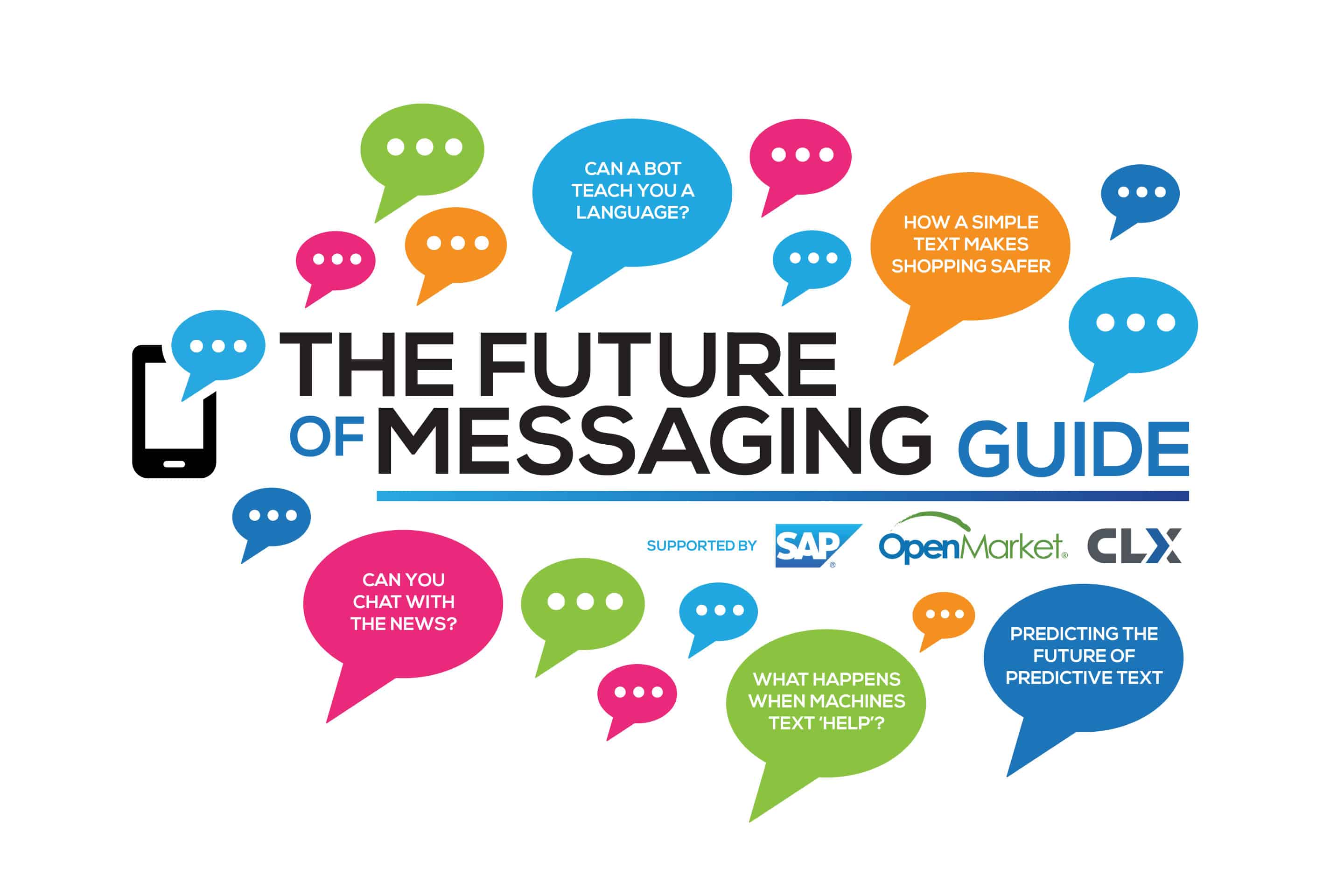After years of self-service digital banking, the personal assistant is making a comeback. But this time the helpful agent is a bot.
Kiki Del Valle, Sr VP for Commerce for Every Device at Mastercard, talks to MEF Minute’s Tim Green about a revolution in financial management for MEF’s free Future of Messaging Guide.
For decades consumer banking worked the same way. Account holders would walk into a building and tell cashiers what they wanted. On the plus side, it was nice to talk to a human. On the minus side, it could be a huge time killer. So many hours spent travelling to the branch, queuing at the branch and waiting for the instructions to actually take effect.
Digital wiped out the waiting. Banking went from the branch to the pocket. A balance inquiry would take seconds. A transfer could be carried out in minutes. Great. But something was lost in the transition. Digital made financial management a self-service affair. People had to master passwords, PINs, menus and icons. For many, this was confusing and impersonal.

Best of bot worlds
Now, a third way is coming, which combines the speed and convenience of digital with a welcome personal touch: banking by bot. The innovation lets people chat with artificially intelligent agents inside a messenger app. Once they have linked their accounts to their messenger ID, the bot can answer all manner of questions. And for the account holder, it feels as natural as texting a friend.
Mastercard is at the forefront of this change. It unveiled Facebook Messenger bot pilots for issuer banks and merchants in October 2016. Eventually, it will roll them out to Messenger’s one billion users. And the company also has plans to develop bots for other chat apps as well as SMS.
Kiki Del Valle, SVP of Commerce for Every Device at Mastercard, says: “Our starting point is that customers should pay how they want – and that we need to go where they are. At the moment, they love messaging apps. And these apps are all preparing to support payments and shopping. We need to be ready for this.”
Once a user has selected the Mastercard assistant from the bot menu and linked an account, he or she can ask questions about spending, review purchase history, make transfers, monitor spending levels, set up alerts and more.

Our starting point is that customers should pay how they want – and that we need to go where they are. At the moment, they love messaging apps.
Layers of detail
The interactions can be very detailed. Del Valle says:“You can ask the bot how much you have spent in restaurants in the last three months. You could then set a cap on spending and an alert for when you near the limit. It’s so much quicker and more efficient when you do this in a natural language chat session.”
However, the bots don’t just make interactions more intuitive. They also help both Mastercard and its issuing partners to showcase products and services. Del Valle says: “We can look at the questions people ask to determine how our partners could do things more efficiently and make the most of business opportunities. And in the case of Mastercard we can use the bots to tell people about purchase protection, fraud alerts or contextual offers.”
Shop a lot by bot
Alongside developing its own bots, Mastercard has built a Bot Commerce API that merchants can embed inside their bots to make buying with Mastercard a seamless experience. The idea is that consumers will shop on chat platforms and check out with the Masterpass digital wallet.
“It’s a safe transaction experience that takes just one click,” says Del Valle. “And it can all happen without the customer having to leave the chat session and go to another payment screen on a web site. We think this could very important to merchants as commerce moves inside messenger apps.”
Download the Future of Messaging Guide
The Future of Messaging Guide explores the uses cases, platforms & technologies that are changing the landscape of messaging globally. From A2P to OTT, chat bots to smart machines, we explore how the world’s most powerful medium is shaping up for tomorrow.
The guide features over 25 cross-sector case studies and exclusive interviews that examine the power of messaging in all its forms from the humble SMS and chat apps to emerging platforms and explores what’s next for messaging.





